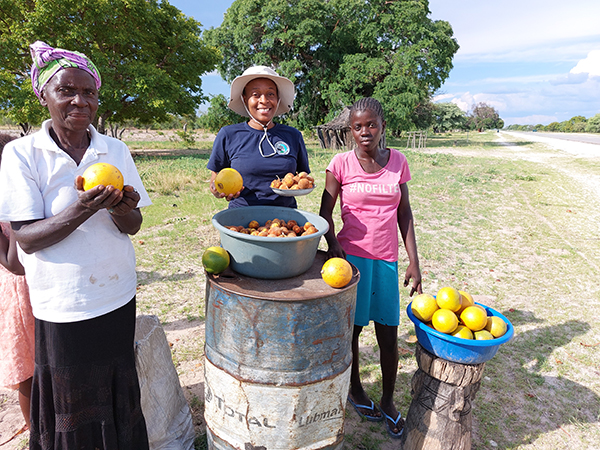Victoria Kaapanda
Communal farmers in northern Namibia are harvesting their mahangu after the good rains received late during the rainy season countrywide. Many communal farmers say their mahangu (millet) fields delivered good yields.
Ndinelago Iipinge, a resident of Omuthitu Gwalani village in the Omusati region, who spoke to New Era earlier this week, said her crop is now ready for harvest. She said after the harvest, they will start with the threshing process to extract pearl millet, a staple in northern Namibia.
“We thank God for the good rains this year, although the rains came a little late, many people are likely to get a good harvest from their mahangu fields,” said Iipinge. She added, in most fields, the crops are in good shape, with long and big heads. “There is no hunger this year,” she said.
Soini Nathanael is also grateful for a bumper harvest. Saying she is lucky since her mahangu field delivered good produce. “I almost gave up, but God helped. I thought the rain will not come back, but it finally came,” she added.
Mahangu is traditionally pounded by women with a traditional pestle and mortar to produce mahangu flour, from which porridge and traditional drinks like oshikundu are made.
Mahangu grains are stored in traditional storage baskets called (eshisha). Men make omashisha, which are placed on short wooden poles to protect both the basket and the mahangu from moisture and insects.
The baskets are lined with clay inside. While some farmers get ready to reap bumper harvests, farmers in Onaushe village in Uuvudhiya constituency are not likely to harvest much, if anything at all.
“From my one-hectare field, I usually harvest 15 to 25 large bags of maize each season, but this year, all the crops wilted even before flowering. I will not harvest anything,” said Selma Andreas from Onaushe village. Her crops look like many others around her village; stunted and wilted maize stand in dusty fields scorched by the sun.
“I rely on my crops for food security for my family and usually, I don’t have to buy maize. Now, I have no food to put on the table. It is devastating,” she said. Namibia and the southern region of Africa, had experienced several years of crippling droughts although this year saw some good rains and flash floods in some parts of northern Namibia.
-vkaapanda@nepc.com.na


